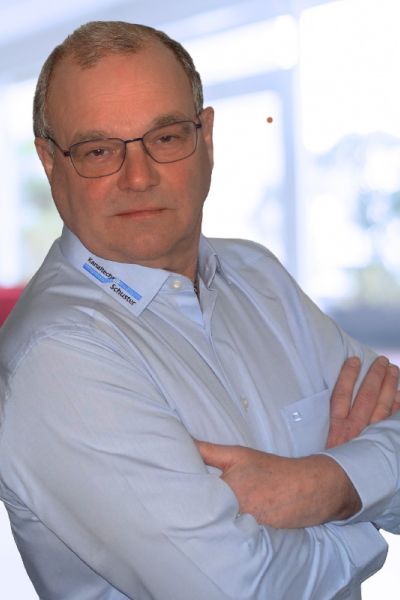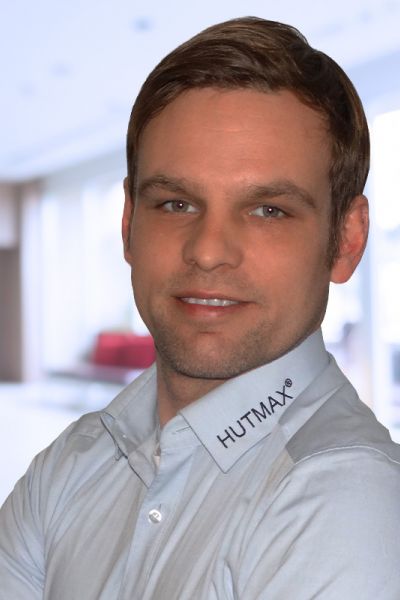Innovation through team spirit and practical relevance
Kanaltechnik Schuster is a family-owned company jointly managed by the founding and successor generations. It is based in Horhausen (Westerwald).
We come from a background in sewer rehabilitation, having worked for many years on behalf of network operators. Drawing from hands-on experience, we have developed practical solutions for the demanding area of transitions to house connections within accessible sewer systems.
Team
At Kanaltechnik Schuster, two generations of the founding family work closely together: company founder Rainer Schuster and his son Daniel Schuster.
We anticipate further expansion in the coming years and are therefore hiring new staff – initially in the service department.

Rainer Schuster
Shareholder

Daniel Schuster
Shareholder
Experience from international projects
Shareholder Daniel Schuster has gained extensive experience and expertise through many years of work abroad. He was particularly involved in projects where large-profile sewers were renovated using the liner method. One of the key challenges in such projects was ensuring high-quality connections between house laterals and accessible mainline sewers.
This approach was possible but lacked consistent quality: applying epoxy resin, manual laminating, and the often confined working conditions frequently led to unsatisfactory results. The key success factor remained the human element – only experienced and skilled professionals were able to meet the demands of such a complex task.
Joint Product Development
Out of this situation, company founders Daniel and Rainer Schuster developed solutions that they initially used in their own contract work: the HUTMAX® system.
The solution for large-scale infrastructure emerged from patient and thorough development work. After experimenting with aluminum shields, the team opted for a flexible pressure shield made of plastic, suitable for sewer diameters ranging from DN 800 to DN 2000, as well as for egg-shaped profiles. This innovation gave rehabilitation projects a boost by saving time and costs – and, most importantly, significantly simplifying personnel deployment.
 DE
DE EN
EN